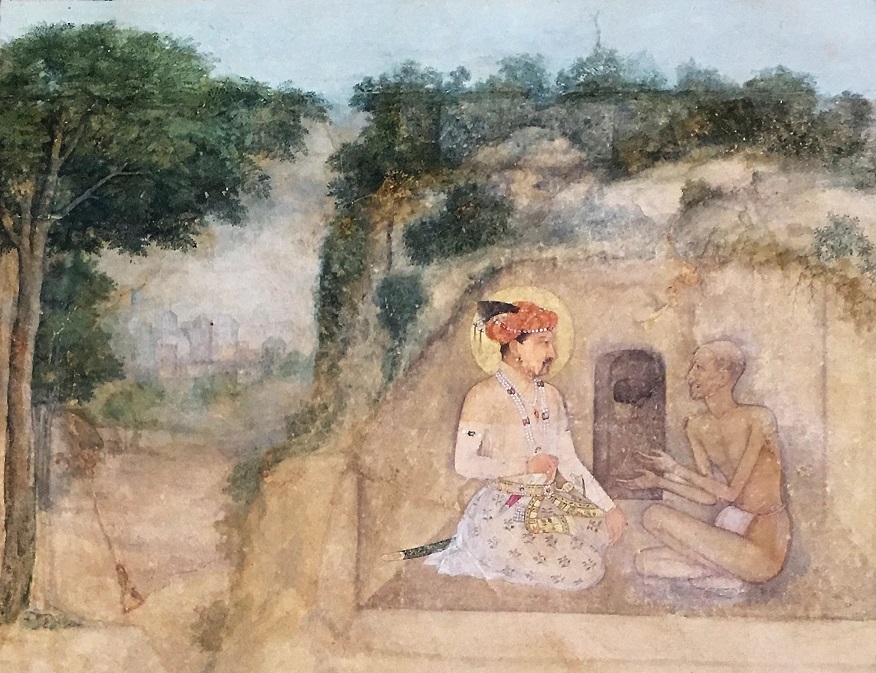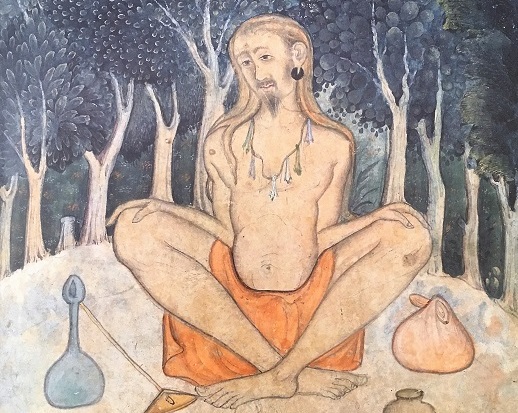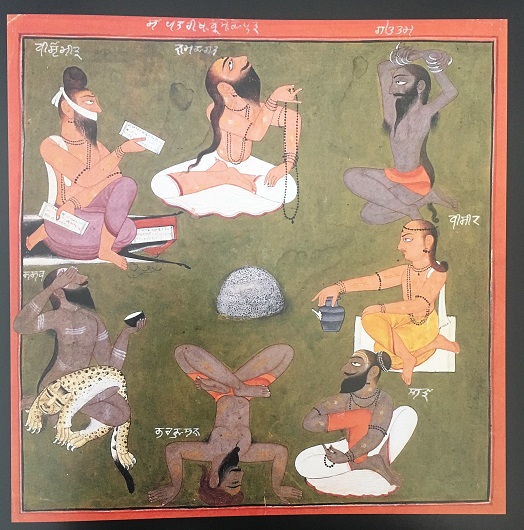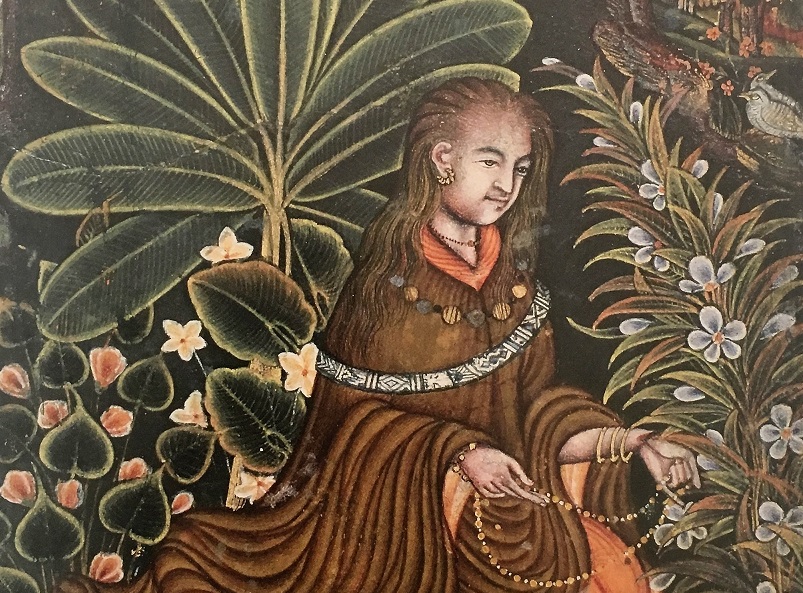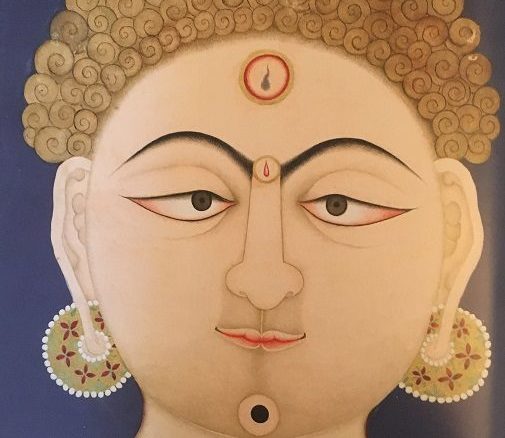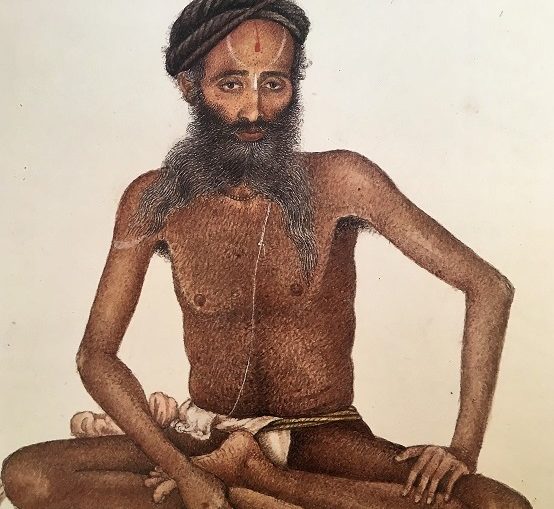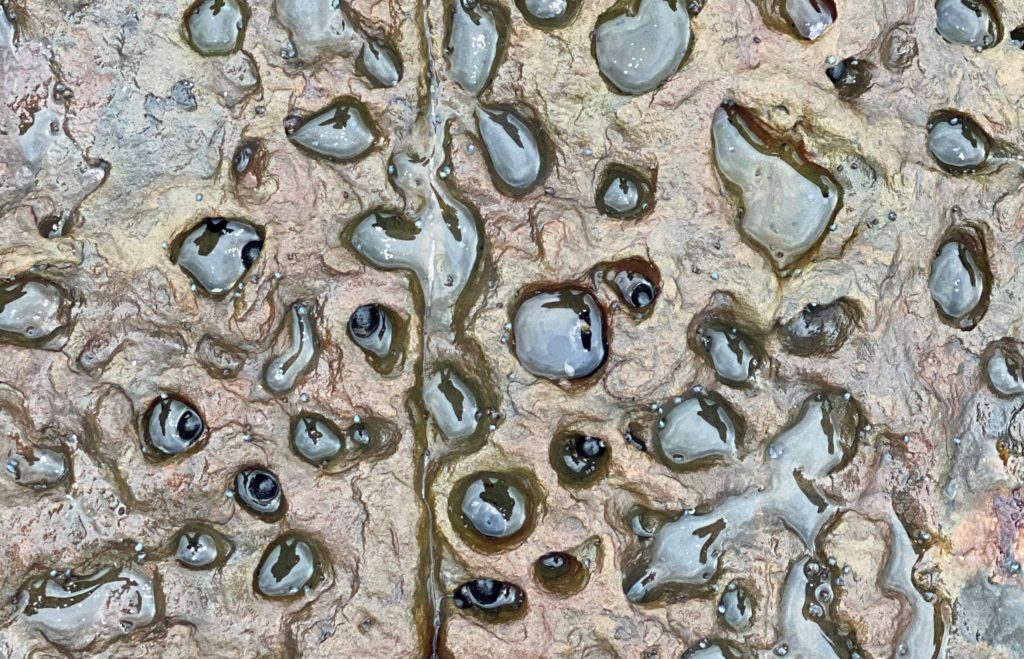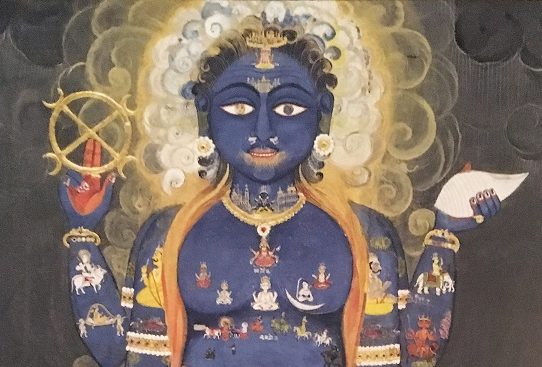T-Ph21. The Link between Asana & Pranayama
T-Ph21 looks at the link between asana and pranayama and considers prana and the vayus. An extensive range of articles drawn from diverse sources along with video extracts makes this a valuable resource. ‘All vibrating energies are prana. All physical energies such as heat, light, gravity, magnetism, and electricity are also prana. It is the […]
T-Ph21. The Link between Asana & Pranayama Read More »

